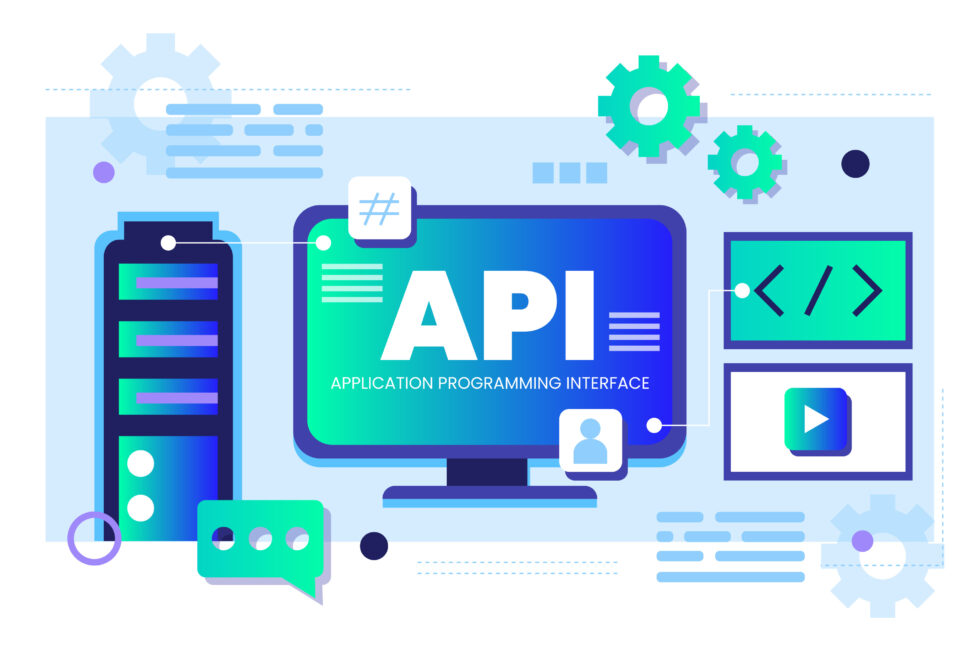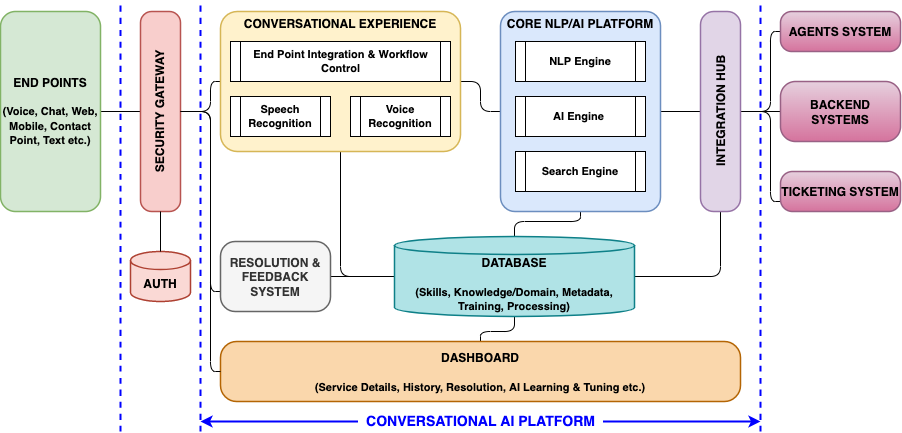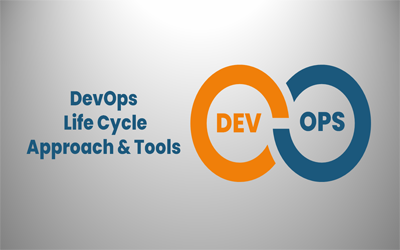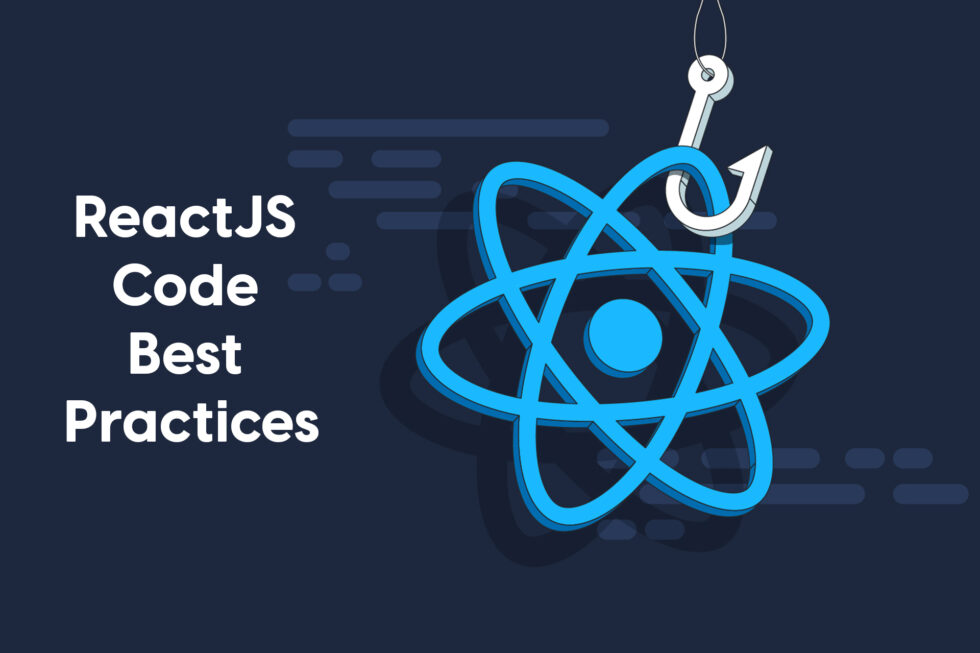Resources
Our official blog with news, resources, technology advice, and business culture.

Business Requirements Document
A business requirements document (BRD), is a formal document that details all the objectives or “requirements” for a new project, program, or business solution. It describes a business need or objective along with what is expected as the project proceeds.

Business Requirements Document
A business requirements document (BRD), is a formal document that details all the objectives or “requirements” for a new project, program, or business solution. It describes a business need or objective along with what is expected as the project proceeds.

Demystifying Vector Databases: Unleashing the Power of High-Dimensional Data
A vector data store is a specialized database designed to store high-dimensional embedding representations of diverse data types, including audio, video, images, text, and more. One of its core functionalities is the ability to efficiently search for vectors within the store that closely resemble a given query vector.
Vector stores streamline the process of storing embeddings and conducting similarity searches among these vectors, simplifying the management and retrieval of high-dimensional data representations.

Enhancing Customer Experience with GenAI Applications
In this blog, we will explore the creation of GenAI applications that significantly enhance the customer experience by leveraging OpenAI’s Large Language Models (LLMs) through their APIs, as well as key AWS services like Amazon Kendra, AWS Transcribe, and AWS Polly. Additionally, we’ll discuss the pivotal role of AWS S3 and In-Memory Cache for storing indexed data, chat history, and serving the GenAI application’s various functions

Evolution of Application Integration and API First Approach
Over time, the landscape of application integration has undergone significant changes. We’ve moved from integration within Mainframes to traditional file-based communication to more advanced methods.
In the ever-evolving digital landscape, APIs (Application Programming Interfaces) have become a crucial component in various domains, including e-commerce, banking, social platforms, and enterprise applications, enabling seamless communication between software components and services.

Developing SaaS Applications and Migration Strategies
In today’s fast-paced digital landscape, Software as a Service (SaaS) has become the go-to model for delivering software applications. Whether building a new SaaS product from scratch or considering the migration of an existing application, it’s crucial to follow a structured approach to ensure success.
In this blog, I am going to discuss the key steps and considerations for developing SaaS applications and outline best practices

Conversational AI/NLP-Based Platform
Conceptual Architecture for Conversational Artificial Intelligence (AI) / Natural Language Processing (NLP) based Platform for Customer Support and Agent Services.
This document provides Conceptual Architecture for Conversational Artificial Intelligence (AI)/Natural Language Processing (NLP) based Platform for Customer Support and Agent Services.

DevOps Life Cycle Approach and Tools
Continuous Integration, Continuous Delivery/Deployment (CI/CD) Framework:
This controls all the stages in DevOps life cycle by integrating various tools, services
and orchestrate them to automate the entire process.

ReactJS Code Best Practices
In this blog, we will list React best practices, methods, and techniques that will help us stay consistent during the app development.
Its components are the building blocks of a react project. Here are some of the React best practices that can be considered while coding with React in the component state and component hierarchy.

How to build Scalable and Robust Enterprise Web Application?
This blog provides various aspects that need to be considered while developing scalable and robust enterprise applications. I will discuss the following areas of Enterprise Applications development and considerations

ReactJS Web Security Best Practices
While developing modern Web Application using ReactJS/AngularJS, NodeJS/Java along with Data Stores, it is very important to consider the Security best practices to secure applications from top security threats such as Phishing, Ransomware, SQL Injection, Cross-site scripting, Code Injections, Viruses, Spyware etc. The question is how well we secure our Web Application considering all of these threats. This document is intended to provide some of the best practices to be followed in ReactJS Web Application.
